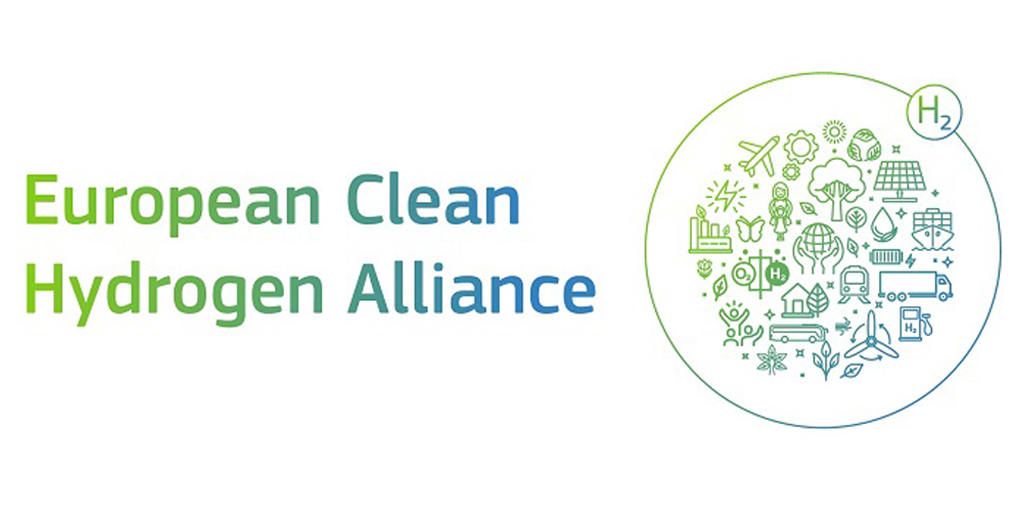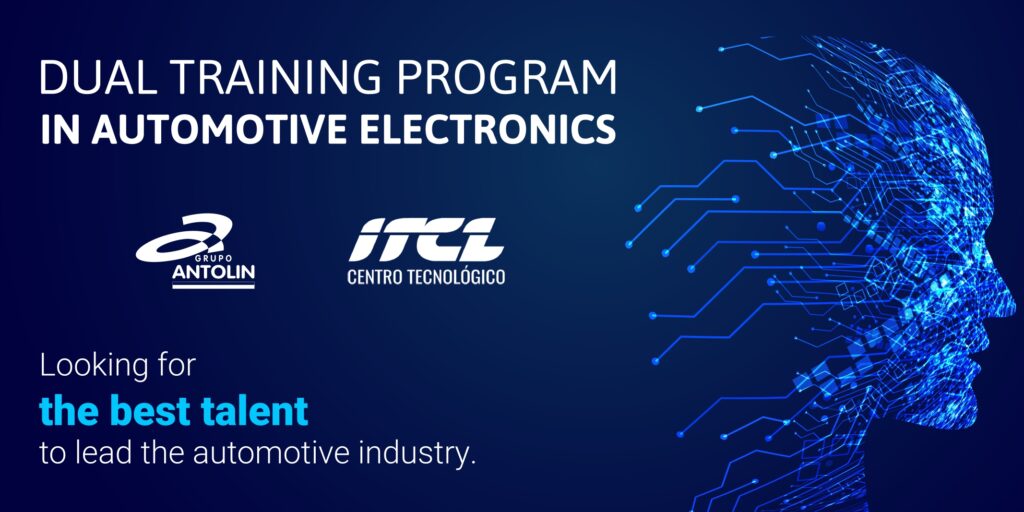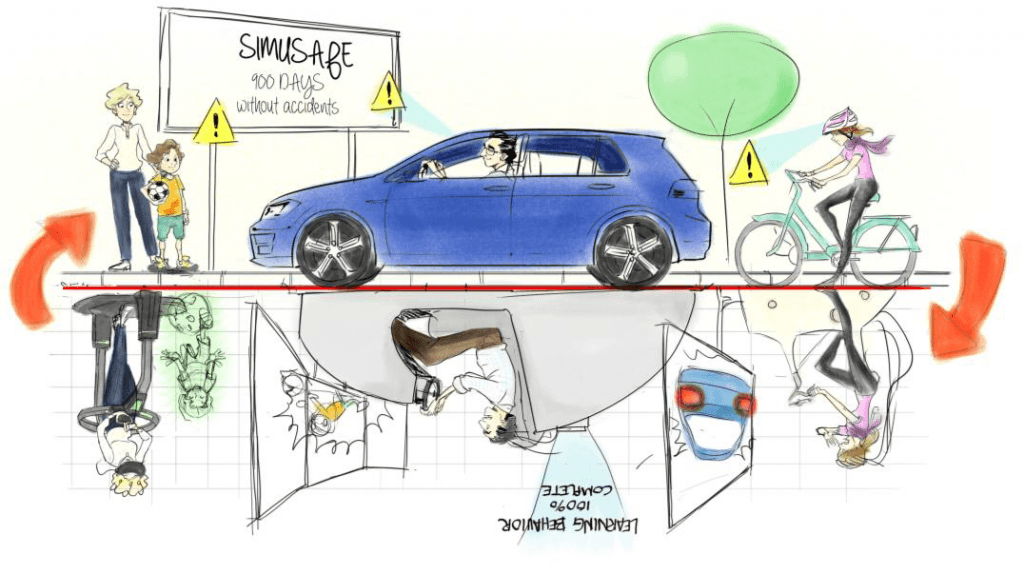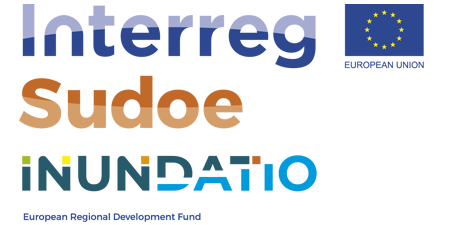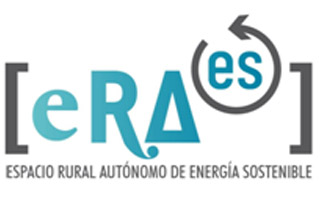CYBERSECURITY
The Cybersecurity and IT Architectures research line at ITCL is focused on developing secure, scalable solutions tailored to the most demanding digital and industrial environments. This line works closely with companies to design and implement resilient technological infrastructures capable of handling large volumes of data while ensuring the security, confidentiality, integrity, and availability of that information.
Our work centers on the design and implementation of secure, distributed architectures, including on-premise, cloud, edge, and fog computing infrastructures. These solutions are built following principles of Security by Design and Defense in Depth, incorporating proactive measures against cyber threats.
We develop and integrate advanced mechanisms for authentication, encryption, continuous monitoring, and intrusion detection, applied to both corporate systems and industrial or critical infrastructures. We also focus on the application of cybersecurity standards and best practices such as ISO 27001, NIST, and compliance with specific sectoral regulations.
Additionally, we design and validate secure architectures for connected environments such as Smart Cities, Smart Energy systems, and Factories of the Future (FoF), where distributed systems must ensure the protection of devices, communications, and sensitive data.
Our experience in R&D projects spans the entire country, collaborating with companies that require robust and cybersecure technological environments as the foundation for their digital transformation and evolution towards connected, intelligent industrial models.
CYBERSECURITY CAPABILITIES
GOVERNANCE, RISK, AND COMPLIANCE
- Threat identification and risk assessment related to information security that could impact assets and business continuity.
- Definition of policies and regulations to implement an effective cybersecurity strategy that protects information and ensures regulatory compliance.
- Awareness and training to promote a cybersecurity culture among employees and encourage good practices and skills to identify risks.
- Alignment with standards and frameworks (ISO 27001, NIST, CIS, etc.).
SECURE ARCHITECTURE AND SYSTEM DESIGN
- Design of secure network architectures based on principles like Zero Trust, least privilege, and defense in depth.
- Secure integration of IT (Information Technology) and OT (Operational Technology) environments.
- Development of secure and robust systems applying security-by-design from the outset.
- Analysis of requirements and characteristics of each application individually, using secure software development practices.
DATA SECURITY
- Implementation of measures to ensure the confidentiality, integrity, and availability of an organization’s critical data.
- Integration of post-quantum cryptography algorithms into systems, including low-performance devices (microcontrollers) or FPGAs, to ensure resistance against quantum attacks.
- Development of blockchain-based solutions to ensure data integrity and traceability.
- Application in various environments: healthcare, industrial, automotive, etc.
CYBERSECURITY LABORATORY
- Simulation of an IT/OT environment through a hybrid (physical and virtual) lab to carry out attacks in a controlled and isolated setting on any part of the topology.
- Evaluation of various architectures, configurations, and security tools to test their effectiveness and compare different security approaches.
- Analysis of vulnerabilities, mitigation strategies, response protocols, etc., across diverse scenarios to ensure the security of industrial environments or critical infrastructures.
- Generation of datasets to train AI models, using data from network traffic, malware, event logs, etc
THREAT MONITORING AND DETECTION
- Application of artificial intelligence techniques to detect anomalies in communications and processes.
- Deployment of monitoring systems with real-time detection capabilities and alert visualization on dashboards.
- Use of honeypots to research real-world threats and attack techniques with the aim of developing more effective defense measures.
OUR CYBERSECURITY TEAM
This line is driven by highly qualified senior and junior researchers committed to continuous innovation and development. Our team includes computer scientists, mathematicians, data analysts, and more.
Ángel López Campo
Head of Cybersecurity
Computer Engineer with extensive experience in participating in and managing R&D projects, especially in the fields of cybersecurity, embedded devices, and secure software development.
His main research areas focus on developing cybersecurity solutions for industrial environments and critical infrastructures, particularly related to honeypots, network monitoring systems, and anomaly detection. He is also specialized in IoT system design and the study of their vulnerabilities and protection measures, such as integrating post-quantum cryptography. He holds several software registrations and a patent.
As the head of Cybersecurity solutions at ITCL, he coordinates a multidisciplinary team to carry out projects and research that protect and add value to companies.

RESEARCH PROJECTS
European Alliance for Clean Hydrogen
ITCL joins the European Alliance for Clean Hydrogen to promote the energy transition This Alliance is the main tool of the European Union to achieve clean energy by 2050 in compliance with the Green Pact The Technological Institute of Castilla y León (ITCL) has...
Grupo Antolin partners with ITCL to train its new electronic engineers
The young people will work on electronic projects of the company, while receiving training from ITCL and Grupo Antolin professionals
ITCL Technology Centre will present SIMUSAFE, the new Simulator for Behaviour and Road Safety Studies, in DSC 2020 EUROPE
ITCL Technology Centre will present SIMUSAFE, the new Simulator for Behaviour and Road Safety Studies, in DSC 2020 EUROPE and will offer in premiere several technology demonstration sessions
INUNDATIO – Flood Risk Modeling with AI and BigData.
INUNDATIO ofrece un modelo de sistema de gestión de avenidas súbitas (flash floods) en cabeceras de cuenca basado en su caracterización hidromorfológica, la toma contínua de datos hidrometeorológicos (lluvia + caudal), la comparación con datos históricos, la simulación de escenarios de riesgo y el análisis de la vulnerabilidad para las vidas humanas y los elementos materiales.
Duración: Octubre 2019 - Abril 2022
ERAES – Autonomous Rural Spaces for Sustainable Energy
Revitalize the rural areas of Castilla y León with potential for territorial development through endogenous resources.
Duration: 2020
CAMASMART – Adaptive device to improve the autonomy of people in and out of bed
The CAMASMART project: "Adaptable device for improving the autonomy of people in bed entry and exit" is a cooperative project that aims to develop the methodology that generates the technical specifications of a pre-prototype solution that fits the need detected in the field of dependence, in the access/exit of an ordinary bed, through adaptable devices.
Duration: 6 months

